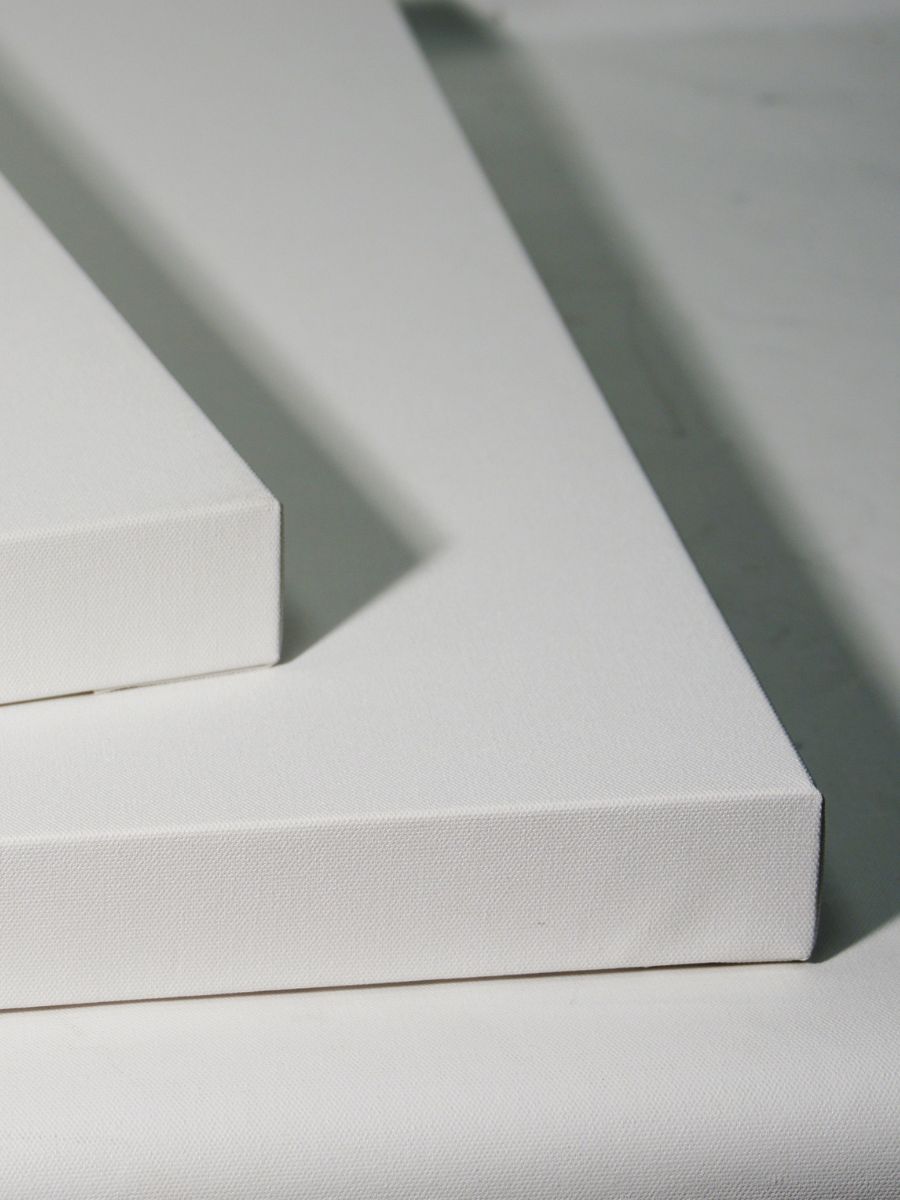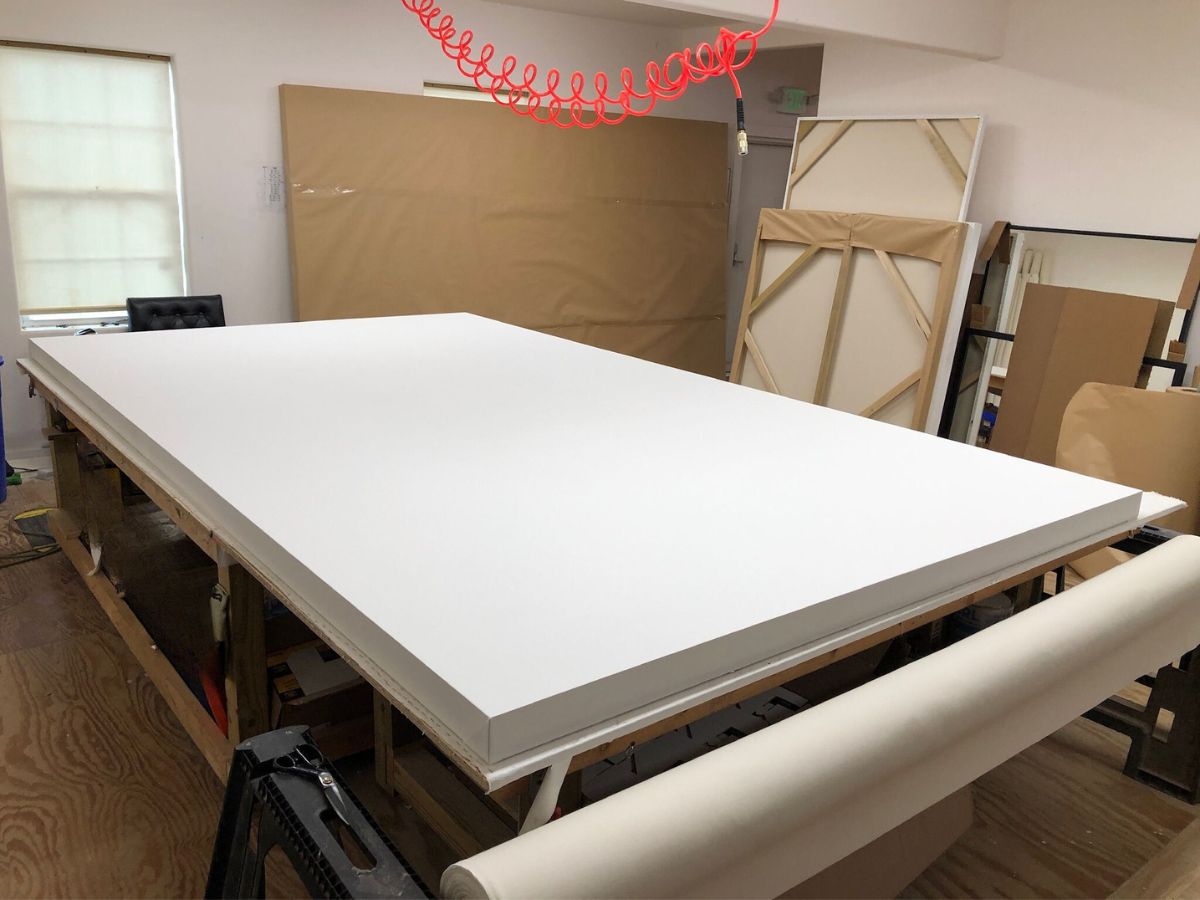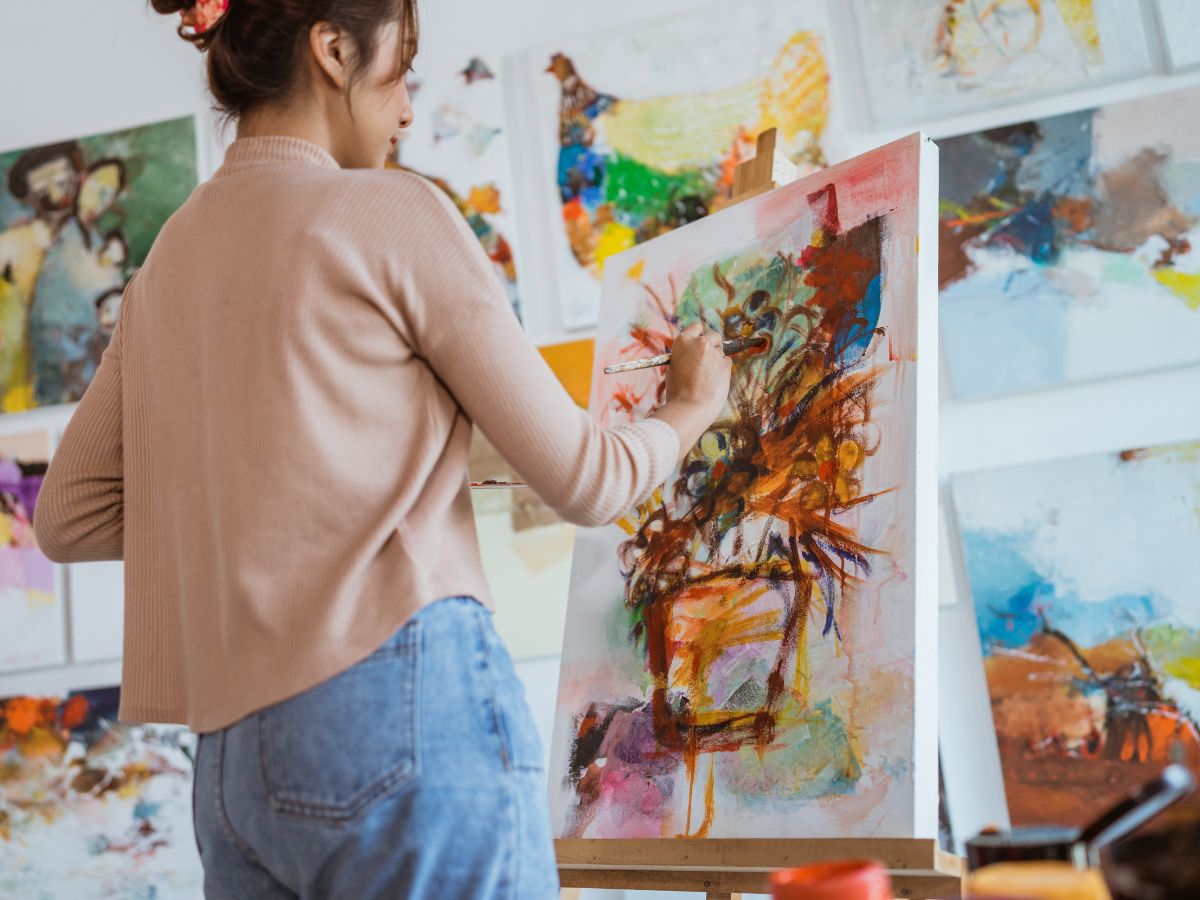
Which Canvas Is Best for Your Painting?
Choosing a canvas isn’t just about grabbing the cheapest one, it’s about matching the canvas to your style, medium, and budget. Here’s a guide to help both hobbyists and pros pick wisely.
1. Cotton vs. Linen
- Cotton is the go‑to for affordability and ease. It’s smooth, easy to stretch, and great for beginners or large practice pieces.
- Linen, made from flax, is stronger and more archival. Its long fibers mean less chance of tearing or sagging. This is why old masters and oil painters often preferred it. Many professionals swear by Belgian linen for its tight, elegant weave.
2. Texture and Tooth
You’ll feel the canvas grain under your brush. This is fine for portrait details, coarse for expressive strokes.
- Fine tooth (tighter weave) suits detailed work and glazing.
- Medium or coarse enhances texture and brushwork flair.
3. Pre‑Primed vs. Raw
Most canvases, like those from CanvasLot, come pre‑primed with acrylic gesso which is ideal for oil or acrylic painting. For oil, look for oil‑primed linen to keep the fibers safe. Some artists prefer to DIY coat raw canvas for maximum control.
4. Formats: Stretched, Panels, Rolls
- Pre‑stretched canvas on stretcher bars offers instant, taut surfaces and professional appearance. Good stretcher bars are rounded to avoid cracking.
- Canvas panels are lightweight and rigid. It is great for sketching, plein-air painting, or travel.
- Canvas rolls let you customize large work. Popular for landscapists and muralists, especially in linen or cotton duck.
5. Medium Specifics
- Acrylic works well on any pre‑primed canvas.
- Oil thrives on linen primed with oil primer—durable, less absorbent.
- Mixed media benefit from rigid supports like panels to handle collage and texture.
6. Budget and Longevity
- Entry‑level: cotton panel packs or canvas pads. These are cheap and practical for practice.
- Mid‑range: stretched cotton—solid and versatile.
- High‑end: linen canvas—lasts, resists warp, and holds value over time.
7. Pro Tips
- Use well‑seasoned stretcher bars with proper profiles to avoid warping.
- Match primer to your medium: oil primer for oils, acrylic gesso for acrylic.
- Choose grain and weight based on your painting’s scale and detail.
There’s no single “best” canvas. It’s about picking what fits your medium, style, and stage. Beginners often start with cotton panels or pads. As you gain confidence, consider investing in cotton or even linen when you crave durability and finesse.
Lecturers can encourage students to match canvas to project goals. Pros should balance quality with cost: cotton is great workhorse, linen is heirloom. Panels are portable, rolls offer freedom. Whatever your path, choose the canvas that supports your creative journey.

